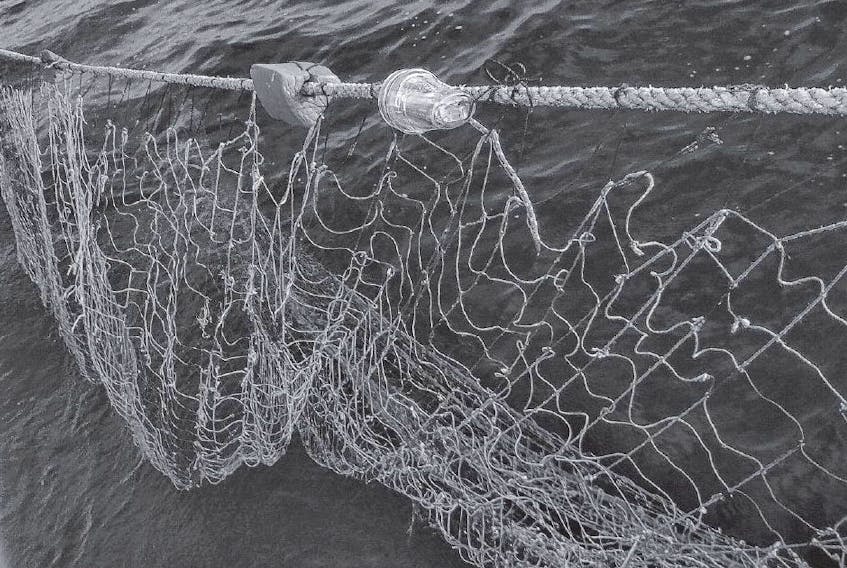Researchers are shining a light on ways to prevent animals such as birds and turtles from drowning in fishing nets.
The scientists attached LED lights on a gill net off the coast of Peru beginning in January 2011 in a two-and-a-half-year experiment involving bycatchof guanay cormorants.
They also dropped a control net that wasn’t illuminated in the area, where the main commercial fishery targets a type of ray called a guitarfish.
By the end of the test period, the control net had entangled 39 cormorants, compared to six that died in the LED nets.
The study was a follow-up to previous research that indicated LED lights reduced the entanglement of sea turtles in fishing nets, said lead author Jeff Mangel of the Centre for Ecology and Conservation in Falmouth, England, which is part of the University of Exeter.
“When we attached the LED lights to the nets, the catch of sea turtles declined by about 64 per cent,” Mangel said in an interview from Peru on Thursday.
“It’s really surprising and we were very positive with that response. And when we looked deeper into the data, we realized it looked like these fisheries were also catching sea birds and it also looked like the sea bird catch declined with the LED nets.”
Three organizations were involved in the study: A Peruvian marine conservation NGO called ProDelphinus, which Mangel is affiliated with, the University of Exeter and the National Oceanic and Atmospheric Administration in the United States.
It’s not known why the LED lights appear to deter birds and turtles from fishing nets, Mangel said.
“It could be as simple as the net is more visible so they’re more able to see it and move away from it. Or it could be that seeing this light where they weren’t expecting it makes them more cautious. We don’t know the actual behavioural response necessarily but at this point we’re just excited at the result that it seemed to reduce the catch when the lights were attached.”
The researchers now hope to work with larger fisheries to see if the lighting approach can reduce bycatch around the world.
“The technology of LED is really developing quickly and the price of lights has really come down a lot since even five or 10 years ago,” Mangel said. “It’s conceivable that you could affordably, even in small-scale fishery settings, equip nets with lights and do that on a large scale.
“One of the nice things about this study is that in this fishery we saw that even though the nets with lights caught less turtles and birds, they had the same catch rate of their target species.”
Bycatch concerns in the Maritimes have included the lobster industry, with the Department of Fisheries and Oceans’ introduction of a surveillance program to reduce bycatches such as cod and cusk. Fishermen have struck back at these moves, characterizing them as meddling and a threat to the industry.
The pelagic longline industry off Nova Scotia has also come under fire. Conservation groups say about 50 per cent of its catch are bycatch species, including endangered leatherback and loggerhead turtles and the blue shark.









